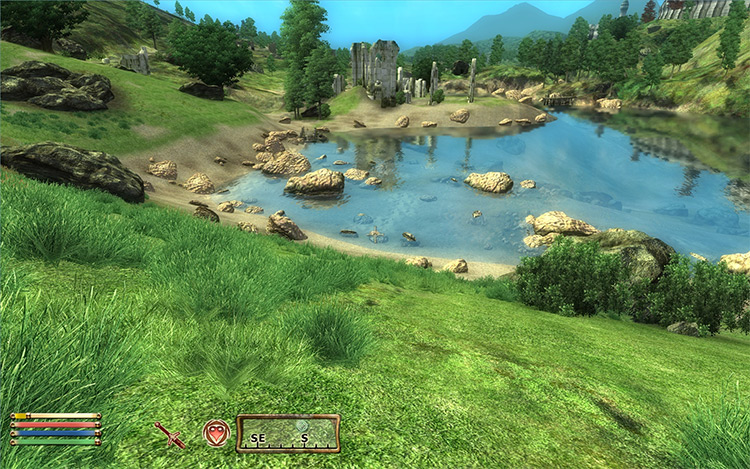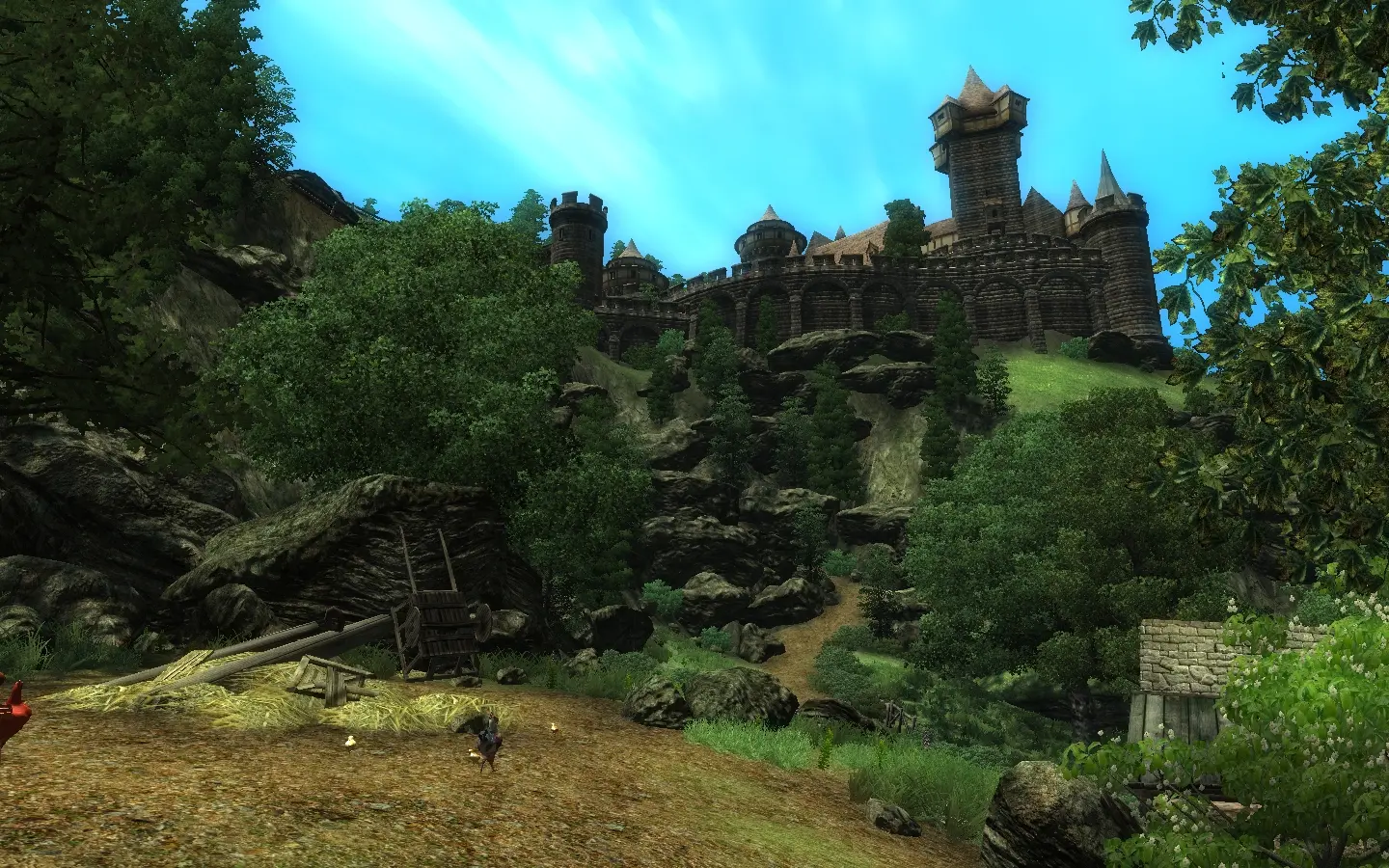

“The value of historic data has increased dramatically: it extends the time series, filling in the details of the past as we move forward to the future,” says Schulz,, who speaks at Earth Information Day, part of the COP26 climate summit in Glasgow, UK. “Since the late 1970s, meteorological satellites have been planned in succession: missions therefore have a heritage to the past.

But these observations provide valuable insights into the global environment at that time.”įocus is now increasingly turning to rescuing, restoring, and reanalysing historic satellite data. There were also significant gaps in time between missions. “They may have provided data for a few months or up to two years if you were lucky. “The first weather satellites were experimental,” says Dr Jörg Schulz, Head of Climate Services at EUMETSAT. However, more than six decades on, the datasets collected by past missions are once again proving crucial, this time for understanding and reacting to the global climate crisis. As the 26 th conference of the parties to the UN framework convention on climate change (COP26) begins, the work underscores the importance of Earth observation science in tackling climate change and driving actions through mitigation, adaptation, and international collaboration. They enabled meteorologists to spot wind patterns, the formation of hurricanes, and better understand the life cycles of storms.Īs newer generations of satellites delivered images and soundings of better resolution, clarity, and detail, these incredible early observations faded into oblivion.


Cloud formations, for instance, showed up on recordings with astonishing clarity. The footage beamed down to meteorological stations by TIROS-1 and other early weather satellites provided spectacular new opportunities for weather forecasters. For the first time in the 4.54 billion-year history of the planet, it was possible to observe the world’s weather patterns in detail from the perspective of a neighbour. When NASA’s experimental weather satellite Television Infrared Observation Satellite-1 (TIROS-1) was launched into low-Earth orbit in April 1960, it created a forecasting revolution.


 0 kommentar(er)
0 kommentar(er)
